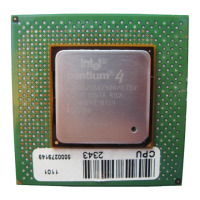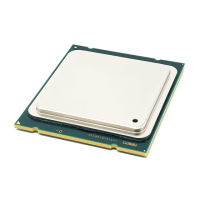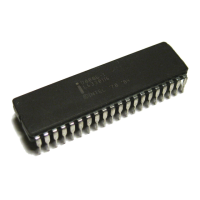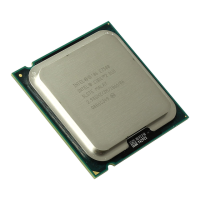4 Datasheet, Volume 1
2.4.1.2 3D Pipeline...............................................................................29
2.4.1.3 Video Engine ............................................................................30
2.4.1.4 2D Engine ................................................................................30
2.4.2 Processor Graphics Display ......................................................................31
2.4.2.1 Display Planes ..........................................................................31
2.4.2.2 Display Pipes ............................................................................32
2.4.2.3 Display Ports ............................................................................32
2.4.3 Intel
®
Flexible Display Interface (Intel
®
FDI) .............................................32
2.4.4 Multi-Graphics Controller Multi-Monitor Support ..........................................32
2.5 Platform Environment Control Interface (PECI) ......................................................33
2.6 Interface Clocking..............................................................................................33
2.6.1 Internal Clocking Requirements ................................................................33
3 Technologies............................................................................................................35
3.1 Intel
®
Virtualization Technology (Intel
®
VT) ..........................................................35
3.1.1 Intel
®
Virtualization Technology (Intel
®
VT) for
IA-32, Intel
®
64 and Intel
®
Architecture
(Intel
®
VT-x) Objectives..........................................................................35
3.1.2 Intel
®
Virtualization Technology (Intel
®
VT) for
IA-32, Intel
®
64 and Intel
®
Architecture
(Intel
®
VT-x) Features ............................................................................36
3.1.3 Intel
®
Virtualization Technology (Intel
®
VT) for Directed
I/O (Intel
®
VT-d) Objectives ....................................................................36
3.1.4 Intel
®
Virtualization Technology (Intel
®
VT) for Directed
I/O (Intel
®
VT-d) Features.......................................................................37
3.1.5 Intel
®
Virtualization Technology (Intel
®
VT) for Directed
I/O (Intel
®
VT-d) Features Not Supported..................................................37
3.2 Intel
®
Trusted Execution Technology (Intel
®
TXT) .................................................38
3.3 Intel
®
Hyper-Threading Technology (Intel
®
HT Technology) ....................................38
3.4 Intel
®
Turbo Boost Technology ............................................................................39
3.4.1 Intel
®
Turbo Boost Technology Frequency..................................................39
3.4.2 Intel
®
Turbo Boost Technology Graphics Frequency.....................................39
3.5 Intel
®
Advanced Vector Extensions (Intel
®
AVX)....................................................40
3.6 Intel
®
Advanced Encryption Standard New Instructions (Intel
®
AES-NI) ...................40
3.6.1 PCLMULQDQ Instruction ..........................................................................40
3.7 Intel
®
64 Architecture x2APIC .............................................................................40
4 Power Management .................................................................................................43
4.1 Advanced Configuration and Power Interface (ACPI) States Supported ......................44
4.1.1 System States........................................................................................44
4.1.2 Processor Core / Package Idle States.........................................................44
4.1.3 Integrated Memory Controller States.........................................................44
4.1.4 PCI Express* Link States .........................................................................44
4.1.5 Direct Media Interface (DMI) States ..........................................................45
4.1.6 Processor Graphics Controller States .........................................................45
4.1.7 Interface State Combinations ...................................................................45
4.2 Processor Core Power Management ......................................................................46
4.2.1 Enhanced Intel
®
SpeedStep
®
Technology ..................................................46
4.2.2 Low-Power Idle States.............................................................................46
4.2.3 Requesting Low-Power Idle States ............................................................48
4.2.4 Core C-states .........................................................................................48
4.2.4.1 Core C0 State ...........................................................................48
4.2.4.2 Core C1/C1E State ....................................................................49
4.2.4.3 Core C3 State ...........................................................................49
4.2.4.4 Core C6 State ...........................................................................49
4.2.4.5 C-State Auto-Demotion..............................................................49
4.2.5 Package C-States ...................................................................................50
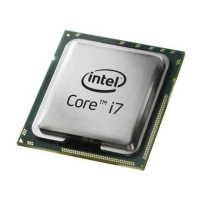
